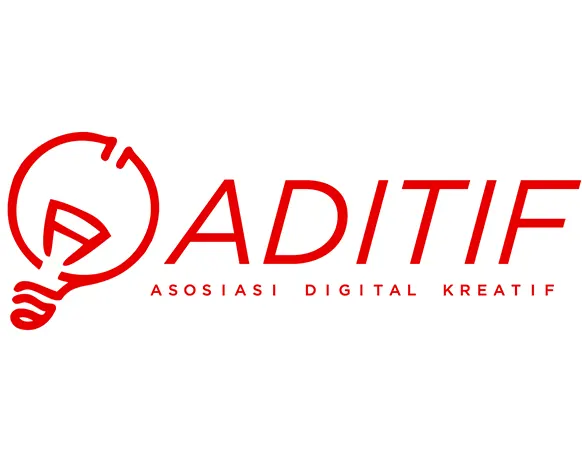Cryptojacking, or cryptocurrency mining, is an increasingly common form of cyber attack. It involves exploiting a victim’s computing resources to mine cryptocurrency without their knowledge. Attackers typically insert crypto mining software into the victim’s system through various means, such as phishing emails or malware-infected websites. Once the software is running, the victim’s computing resources are used to mine cryptocurrencies like Bitcoin or Monero, with the proceeds sent to the attacker’s digital wallet.

Why Cryptojacking Is Becoming More Common
Cryptojacking is becoming more prevalent due to the blockchain technology underlying cryptocurrencies, which allows anyone to mine crypto with inexpensive and easily obtainable hardware and software. Additionally, cybercriminals are increasingly drawn to cryptojacking as it can generate money without significant cost, while avoiding stricter detection compared to other cyber attacks.
The Importance of Understanding Cryptojacking
A good understanding of cryptojacking is crucial for individuals, companies, and organizations wishing to protect their systems and resources from this attack. The more people understand how cryptojacking works, the easier it is for them to take preventive actions and protect their systems from these attacks. In the next section, I will discuss more about the risks of cryptojacking and how we can protect ourselves from these attacks.
What Is Cryptojacking?
Explanation of How Cryptojacking Works
Cryptojacking typically involves inserting crypto mining software into a victim’s computer system. This software then exploits the victim’s computing resources to mine crypto. The computing resources used for crypto mining can damage hardware and slow down system performance. Once the mining is complete, the proceeds are sent to the attacker’s digital wallet.
Different Types of Cryptojacking Attacks
There are several types of cryptojacking attacks, such as attacks through illegitimate software, attacks through malware-infected websites, and attacks through phishing emails. These attacks can cause serious damage to the victim’s device and computer infrastructure.
Examples of How Attackers Use Cryptojacking to Exploit Victims
A common example of cryptojacking is through malware-infected websites. When someone visits such a site, crypto mining software runs in the background without the user’s knowledge. Over time, the victim’s device becomes slow, and its performance is disrupted. The attacker then receives the mining proceeds sent to their digital wallet. Additionally, attackers can exploit unmonitored computer networks to mine crypto, such as vulnerable public WiFi networks.
When a cryptojacking attack occurs, it’s important to take immediate action to stop the mining and clean the system of unauthorized software. In the following section, I will discuss how we can protect our systems from cryptojacking attacks.
Risks of Cryptojacking
Impact on System Performance Cryptojacking negatively affects system performance, especially if the attacker uses significant computer resources. This can cause devices to slow down, hang, and even crash.
Potential for Data Theft and Loss Beyond system performance degradation, cryptojacking also poses security risks. Attackers can use infected devices to steal sensitive data, such as passwords and financial information. This can be highly detrimental to victims, especially if the data is sold or used for further crimes.
Financial Implications of Cryptojacking Cryptojacking also has significant financial implications. If a victim’s computer resources are used for crypto mining, they must bear additional costs for electricity bills and device maintenance. Additionally, businesses impacted by cryptojacking may suffer financial losses due to disrupted system performance and lost customer trust.
In this regard, it is vital for every individual and organization to understand the risks of cryptojacking and take steps to protect themselves from these attacks.
How to Detect Cryptojacking
Warning Signs That Your System Has Been Compromised Some signs to watch out for if your system may have been compromised for cryptojacking include:
- Slow system performance
- Increased CPU usage
- Unusually high electricity bills
- Overheating of devices
Tools and Resources to Detect and Prevent Cryptojacking There are several tools and resources that can help you detect and prevent cryptojacking. Some of these include:
- Strong and up-to-date antivirus and anti-malware software
- Ensuring all software and operating systems are updated to the latest version
- Installing a firewall and restricting network access
- Using online cryptojacking detection tools
Additionally, it is important to ensure that employees and other device users are educated about cryptojacking and know how to protect their devices from these attacks.
How to Prevent Cryptojacking
As previously explained, cryptojacking can threaten your system security and affect your device performance. Therefore, it is important to take appropriate preventative measures. Here are some steps that can be taken to reduce the risk of cryptojacking:
- Protect your devices with up-to-date security software. Use antivirus and security software to check incoming files and block cryptojacking attacks.
- Ensure you only download and install legitimate and secure software. Avoid installing unknown software or software from untrustworthy sources.
- Use an adblocker in your browser to block malicious ads or pop-ups that can spread malware.
- Stay alert to warning signs that your system has been compromised, such as unusual CPU usage or system performance.
- Patch known security vulnerabilities and ensure your system is always updated with the latest updates.
- Consult with IT security professionals to review your system and provide recommendations for improving security and preventing cryptojacking.
Preventing cryptojacking requires effort and vigilance, but the steps taken can minimize risks and protect your devices from harmful cryptojacking attacks.
Conclusion
Cryptojacking is becoming increasingly common due to the rising value of cryptocurrencies and the ease with which attackers can conduct attacks. Secondly, cryptojacking can have serious impacts on system performance, data theft, and financial implications. Therefore, it is important to understand and take steps to protect your system from cryptojacking attacks.
There are several warning signs that your system has been compromised, such as slow system performance or unusual temperature increases. There are also tools and resources that can help you detect and prevent cryptojacking, such as anti-malware software and browser extensions.
However, prevention remains the key. Steps you can take include regularly updating your system, using anti-malware software, avoiding clicking on suspicious links and attachments, and considering installing browser extensions designed to prevent cryptojacking.










